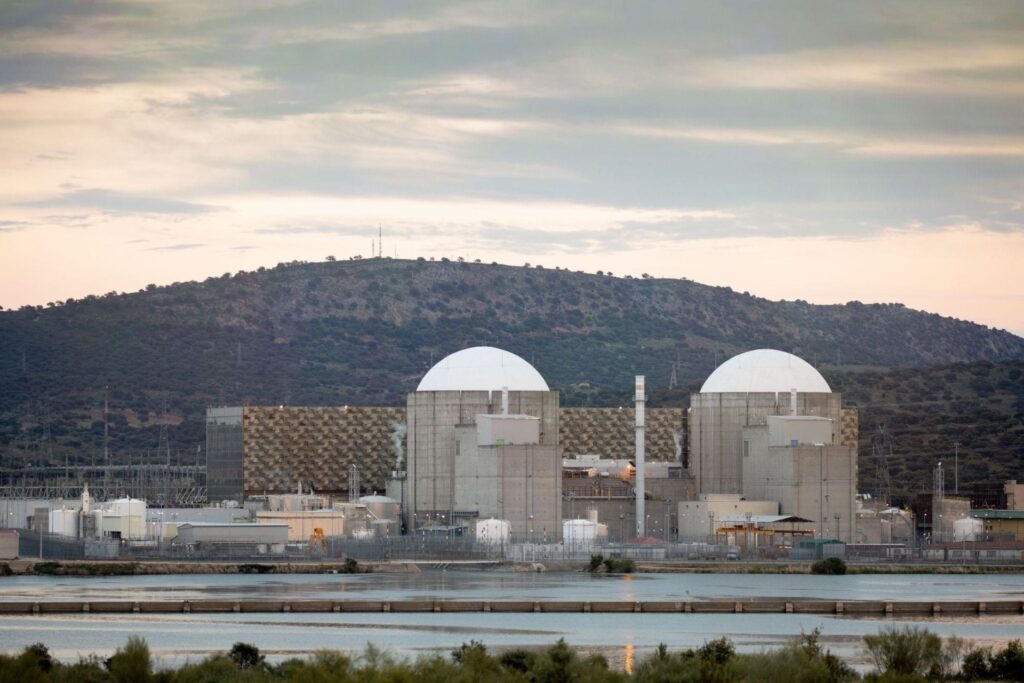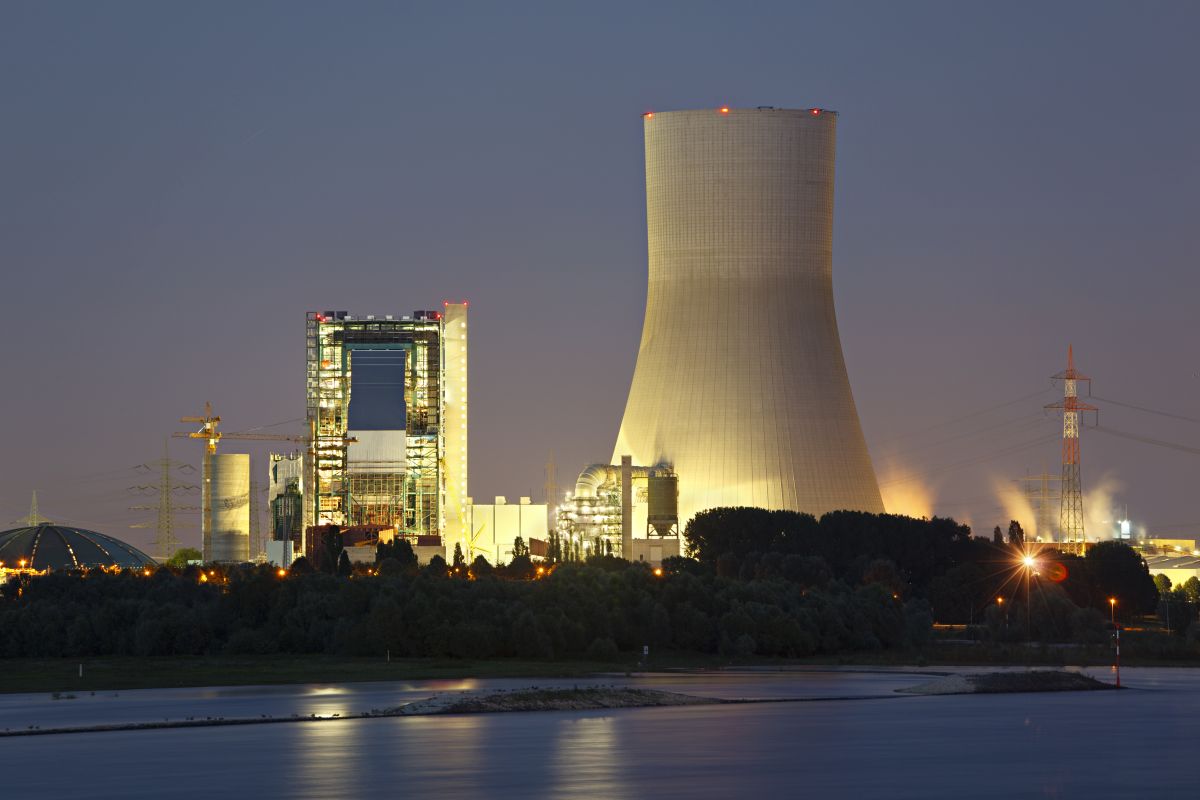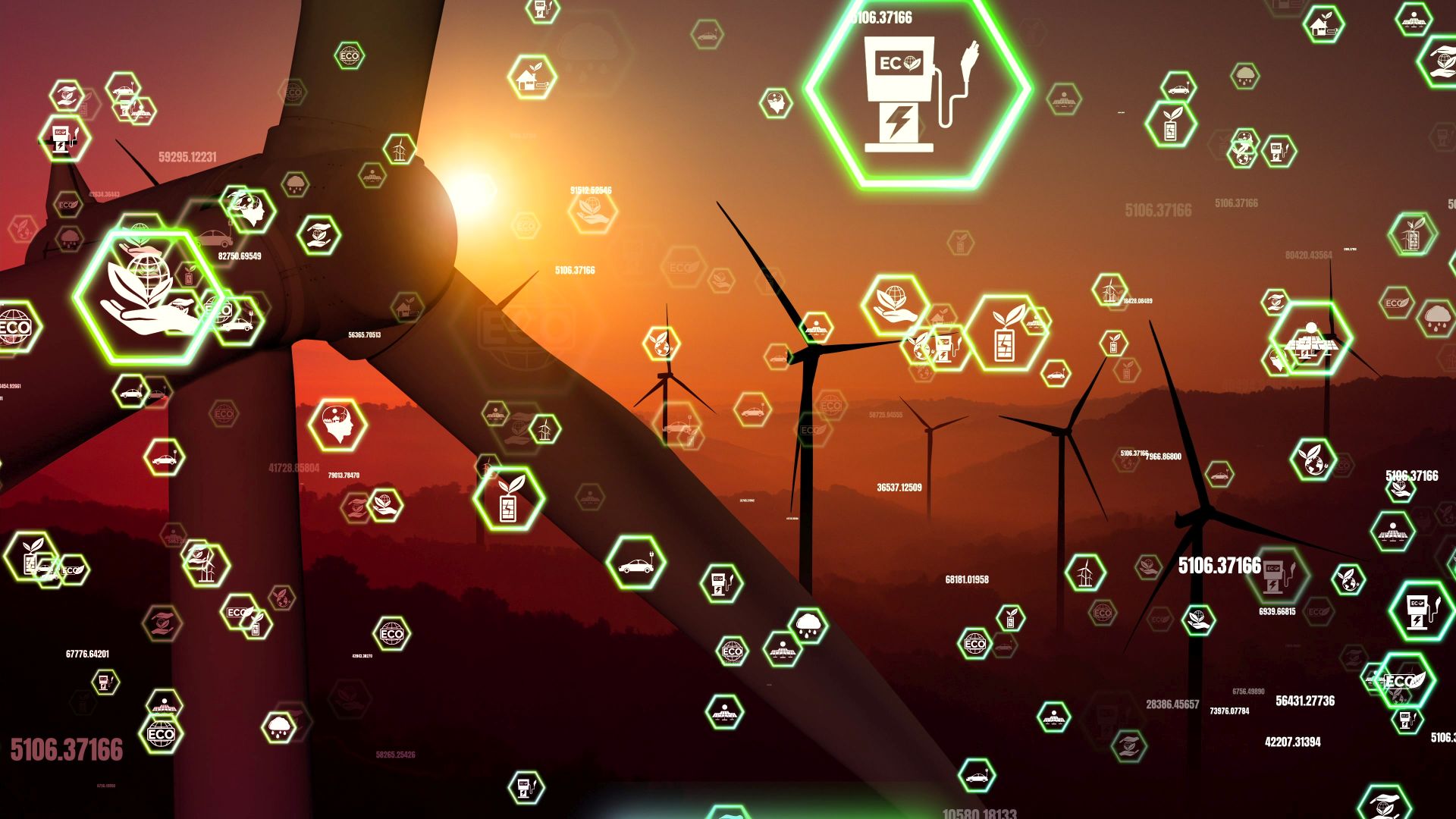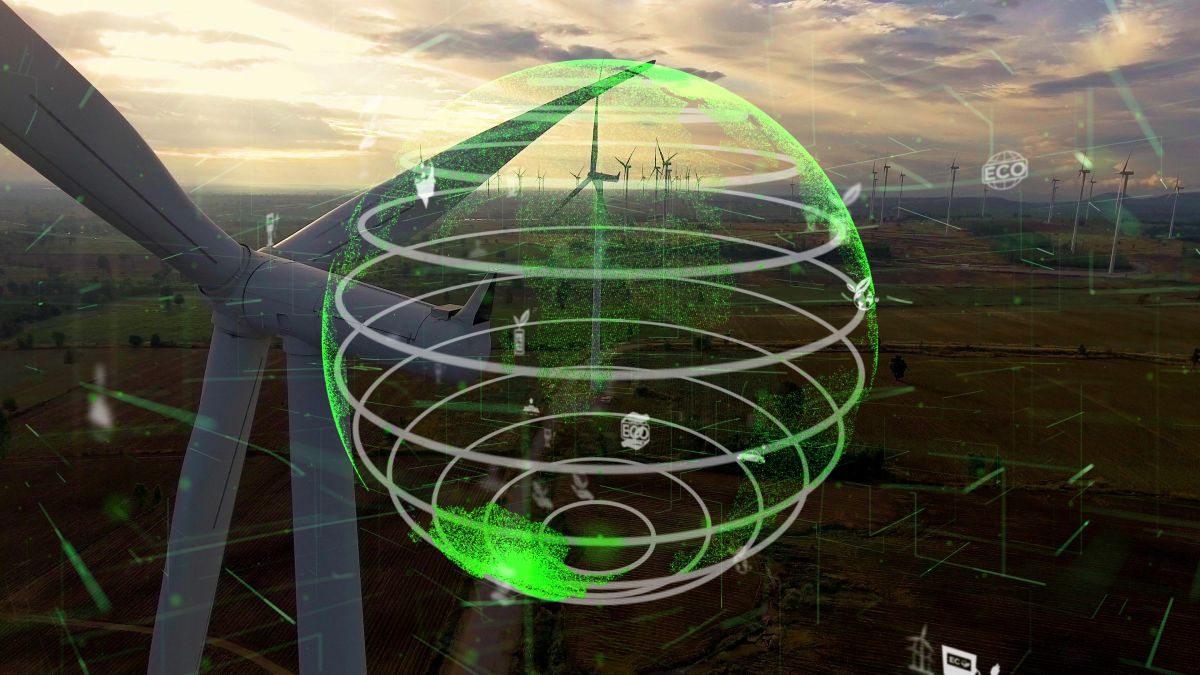Climate change policies are significantly influencing the regulatory frameworks governing nuclear energy. As governments worldwide implement stricter emissions targets, nuclear power, known for its low carbon footprint, is seeing renewed interest. This blog explores how evolving climate policies modify nuclear regulatory processes to maintain environmental sustainability, safety, and development.
Related Blog: Exploring Energy Trends in US Energy Efficiency Measures for 2024
Adaptation of Safety Regulations
The International Atomic Energy Agency (IAEA) provides guidelines on adapting nuclear safety regulations due to climate change. Nuclear regulatory bodies are revising safety standards to account for increased environmental variability in response to environmental shifts. This includes assessing the resilience of nuclear facilities against extreme weather events, such as floods and heat waves, which are becoming more frequent and intense. Regulators now require more robust infrastructure and emergency preparedness plans to ensure continuous safety and operation under these new environmental conditions.
Emissions and Waste Management Standards
Nuclear regulators are implementing emissions and waste management standards as part of broader climate change initiatives. This involves more stringent controls on radioactive materials, waste disposal, and emissions. For example, the Nuclear Regulatory Commission (NRC) has updated its waste management and emissions policies to include stricter limits on non-CO2 pollutants. The aim is to minimize nuclear facilities’ environmental footprint, align them more closely with sustainable practices, and reduce long-term ecological risks.
Enhanced Environmental Impact Assessments
Climate change experts and policies have led to more comprehensive Environmental Impact Assessments (EIAs) in the nuclear sector. Regulators are expanding EIA criteria to evaluate the direct impact of nuclear facilities on ecosystems and how climate change might alter these impacts over time. This includes studying potential changes in water temperatures and levels, which can affect cooling processes and, consequently, reactor safety and efficiency.

Renewable Energy Integration for the Nuclear Sector
To support the transition to greener energy security solutions, regulatory processes are increasingly accommodating investment in renewable energy to integrate nuclear energy with renewable sources. This shift requires adjustments in regulatory frameworks to manage hybrid systems where nuclear and renewable energies coexist. Such integration challenges include grid stability and the intermittency of renewable sources, requiring innovative regulatory approaches to ensure safe and efficient operation.
Financial Incentives and Policy Alignment
In their climate action plans, governments have introduced tax incentives and subsidies to promote low-carbon technologies, including nuclear energy. Regulatory bodies are aligning licensing and compliance processes with these financial incentives to promote the adoption and development of nuclear technology. This alignment helps reduce the economic barriers to expanding nuclear energy capabilities, encouraging investments in nuclear projects as part of a comprehensive strategy for achieving carbon neutrality and enhancing an efficient energy management system.
Conclusion
The convergence of climate policies and nuclear regulation offers opportunities to enhance nuclear power’s role in sustainable energy goals. By embracing these changes, regulators can ensure that nuclear energy supports carbon reduction while adhering to strict environmental and safety standards. This adaptation is vital for legal and regulatory compliance in developing a sustainable nuclear sector ready for future challenges.
Disclaimer: Any opinions expressed in this blog do not necessarily reflect the opinions of Certrec. This content is meant for informational purposes only.












